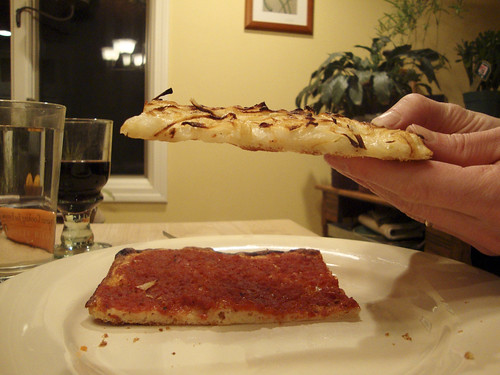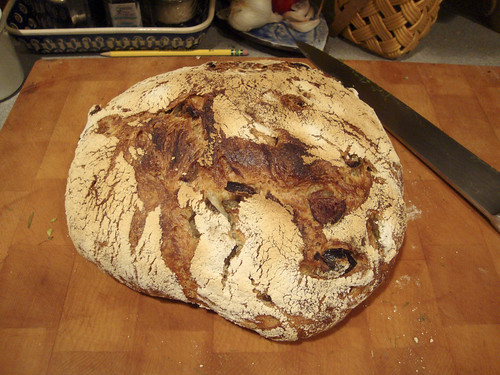
Jim Lahey is the owner of
Sullivan Street Bakery in New York City. He opened the bakery in 1994 and has been spreading the love of great bread since then. Lahey's no-knead bread recipe achieved amazing popularity in blog circles in November 2006 when Mark Bittman
published a story about this method in the New York Times.
Since then, several books have been published (not by Mr. Lahey) about the method. This past fall, Lahey finally published his book of recipes and techniques:
My Bread. I'm not going to give you any recipes from the book, because I want you to go buy it. If you want to test-drive the recipes, follow the Bittman link for a basic recipe and method.
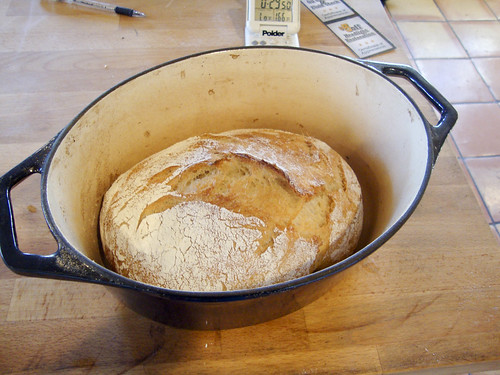
My Bread has really revolutionized the way I'm baking bread these days. That basic principle behind this method is that of hands-off gluten formation. Gluten strength can be developed in one of two ways: by kneading the dough, or by letting the dough rest and letting the yeast do all the work. Letting the bread do the work for you makes a lot of sense.
Think about it: in
ye olden tymes, back before the days of a Kitchenaid on every counter, people baked bread. Yes, they probably kneaded it by hand, but even with steady kneading the bread wouldn't have gotten worked over the way our modern mixers do it. Also, traditional baking relied on natural leavening which would have required longer rising times.
The no-knead method has one major disadvantage: it's not for the speedy baker. The dough really does need to work on its own. This means a minimum of 8-10 hours of rising time. But this also mean more flavor in the bread.
You don't need a lot of special equipment to make this bread. You do want a scale (but you should own one anyway) otherwise your results won't be consistent. Other than a scale, a big bowl, a rubber spatula and covered dutch oven are all you really need. Feel free to use this an excuse to buy a fancy Le Creuset or Emile Henry Dutch oven if you wish. I've done fine however, with a knockoff Dutch oven from Home Goods or Target, or a Lodge cast iron Dutch oven. You can also use a stainless pot with an oven-safe lid.
Now the breads (I'll be posting more pictures in this
Flickr set as time goes by):
The glamour shot at the top of this post is rosemary-olive bread.
The bread in the pot is a wheat/white combo halfway through baking.

The sandwich loaf was made by gently folding the dough into a loaf shape and then placing it into a well greased loaf pan. This batch was over-proofed when it went into the oven: You can see that in the crappy oven spring (see how that slit in the top didn't really open up?). The flavor was still great and the bread made fabulous toast.
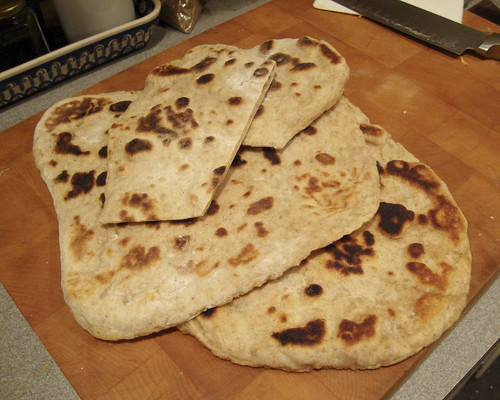
The flatbreads are made from the dough after its first rise. Take the dough, portion it into small balls (about 6 per recipe) and then roll them our into flat, tortilla-like discs. I baked them in a hot cast iron skillet. They bubbled up beautifully as you can see.
The pizza is made from a different recipe: it's much stiffer than the bread dough. It makes for a deliciously crisp-crusted pizza. You load the dough up with toppings, sliced super-thin and then blast the pizzas in a 500-degree oven. These are pictures of the tomato and onion pizzas.
Other no-knead bread posts from friends in the blogosphere
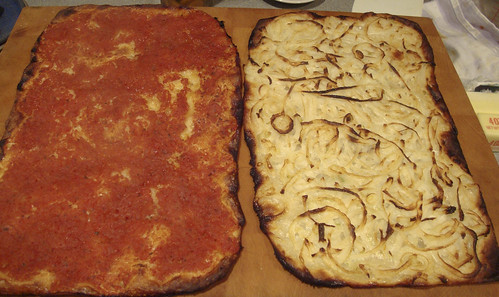
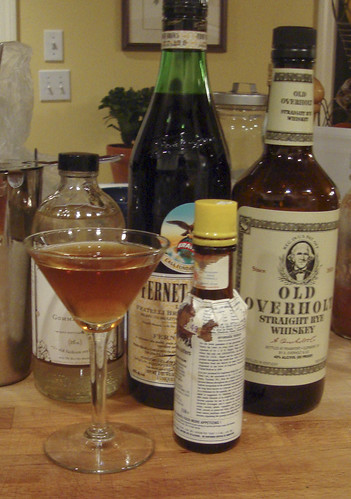 We had dinner last weekend at The Highland Kitchen in Somerville. You must go, and you must order the goat stew (it is super spicy) and if they're still on the menu, may I recommend the Buffalo-fried brussels sprouts. Just trust me.
We had dinner last weekend at The Highland Kitchen in Somerville. You must go, and you must order the goat stew (it is super spicy) and if they're still on the menu, may I recommend the Buffalo-fried brussels sprouts. Just trust me.
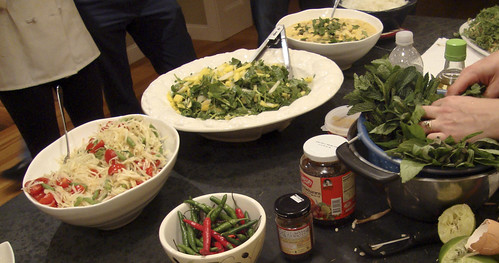
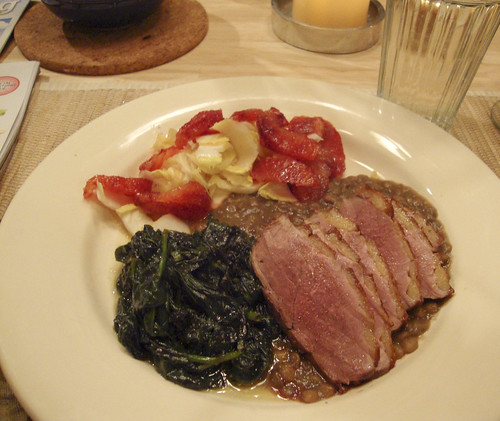 Looking for something new to try in the kitchen this weekend? May I suggest tea smoking some duck for dinner?
Looking for something new to try in the kitchen this weekend? May I suggest tea smoking some duck for dinner?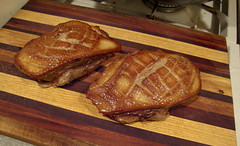 I applied these principles to some duck breasts that I got from
I applied these principles to some duck breasts that I got from 
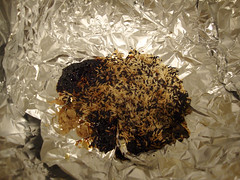

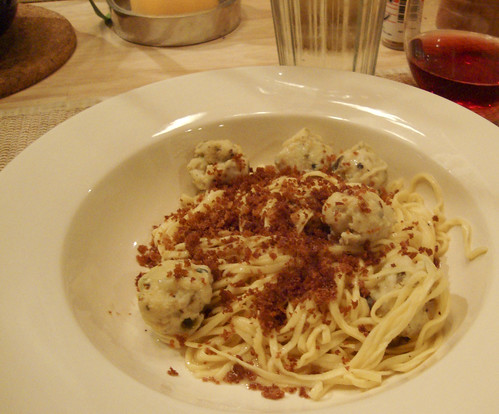
 Jim Lahey is the owner of
Jim Lahey is the owner of  My Bread has really revolutionized the way I'm baking bread these days. That basic principle behind this method is that of hands-off gluten formation. Gluten strength can be developed in one of two ways: by kneading the dough, or by letting the dough rest and letting the yeast do all the work. Letting the bread do the work for you makes a lot of sense.
My Bread has really revolutionized the way I'm baking bread these days. That basic principle behind this method is that of hands-off gluten formation. Gluten strength can be developed in one of two ways: by kneading the dough, or by letting the dough rest and letting the yeast do all the work. Letting the bread do the work for you makes a lot of sense. 

